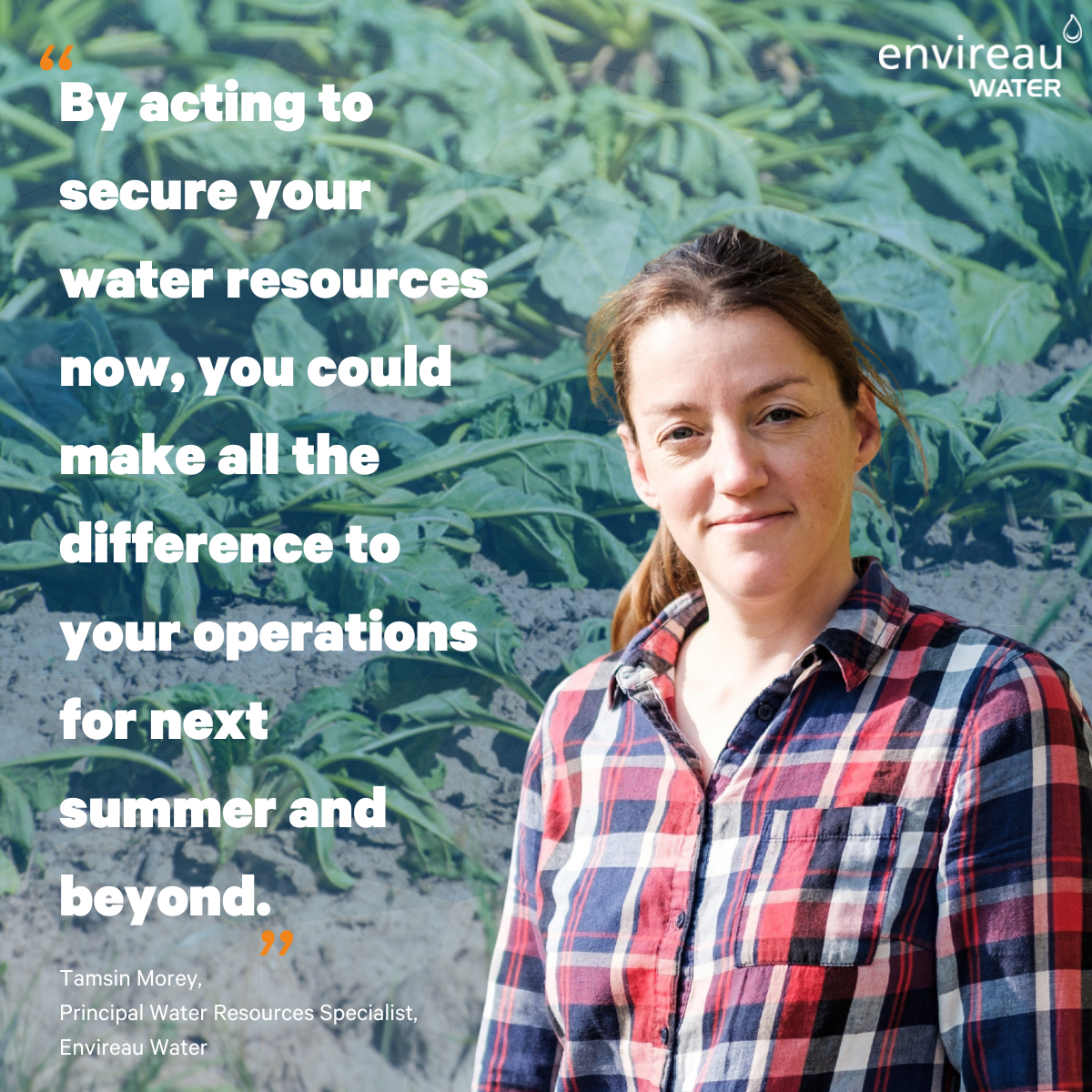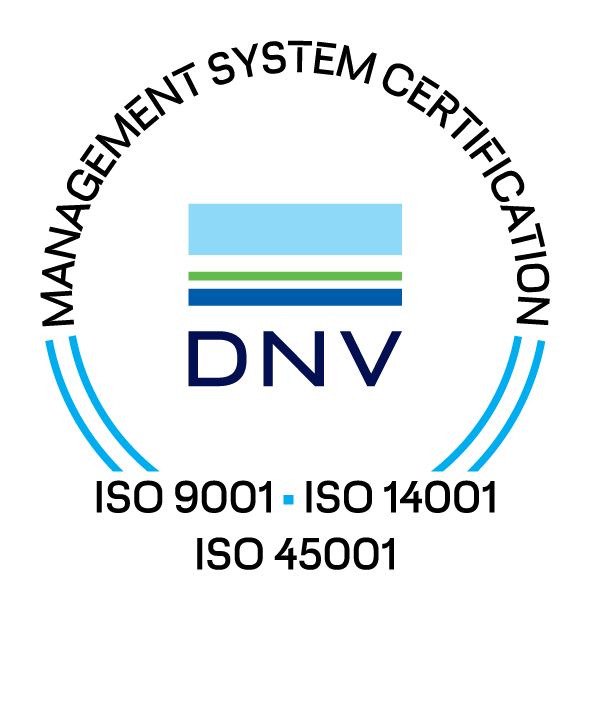Government Pledges £62 million in Flood Funding for England

Funding for flooding
Environment Secretary Theresa Villiers recently announced that £62m of funding for flood defence improvements would be made available for communities in Yorkshire, Cumbria, the North East and the South East of England.
Thirteen projects across England, many of which are located in the areas worst affected by recent flooding (namely winter 2015) will benefit from a share of the funding. It is estimated that more than 9,000 homes in England will be better protected against flooding as result of the investment.
Environment Secretary Theresa Villiers said: “I am delighted to announce over £60m of additional funding to better protect communities which are vulnerable to flooding, particularly across parts of northern England”.
“Events this summer have shown that investing in flood risk management is more important than ever, and this funding builds on our long-standing £2.6 billion commitment to better protect 300,000 homes from flooding and coastal erosion over six years”.
The future of flood risk
The news comes at an important and pivotal time in the future of flood risk management in England. By the end of 2019, the government will set out its policies to better prepare the country for flooding in a government policy statement. Informed by this policy, the Environment Agency will update its national strategy for flood and coastal erosion risk management, which sets out a long-term plan for tackling, preparing for and adapting to the influences of climate change.
Our Hydrologist Michael Underwood welcomes the funding announcement and believes that the updated strategy, expected to be published in 2020, will be a crucial step forward in nationally recognising the devastating impacts of floods and more importantly laying out how we as a nation can best prepare and adapt for future flood risks. It is hoped that the updated strategy will focus more on the use of natural catchment-based solutions. These include natural flood management (NFM) or development scale solutions in the form of Sustainable Drainage Systems (SuDS) to managing future flood risk. There is no doubt that we need ‘hard’ flood defences to protect our towns and cities and most important assets, but we can’t win the war against water and flooding, especially in a changing climate, by building ever-higher flood defences.
How can Envireau Water Help?
The expert team at Envireau Water have a great range of knowledge and expertise in flood risk management, SuDS and natural flood management. We can provide help and guidance on Flood Risk Assessments, the design and modelling of SuDS systems and NFM measures.
We are helping our clients make plans to mitigate against impacts of flooding in a sustainable manner, now and in the future. Get in touch with us on 01332 871882 or at info@envireauwater.co.uk.







